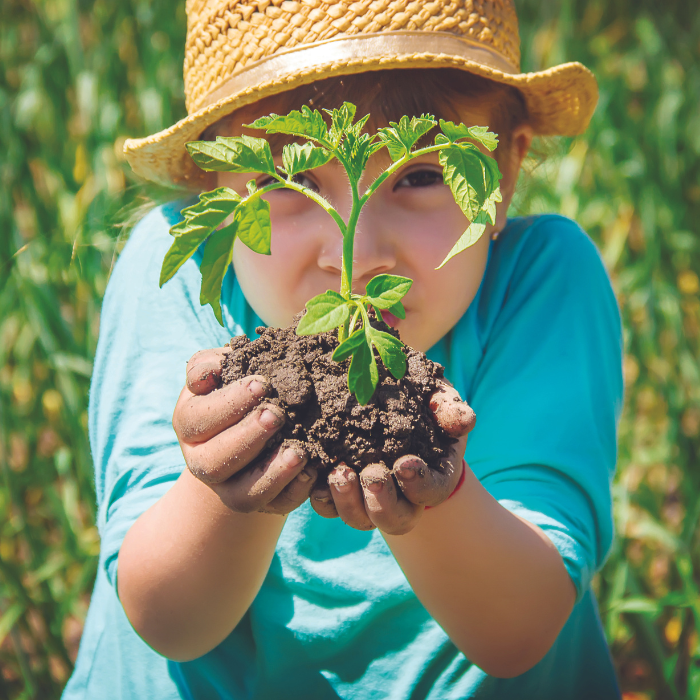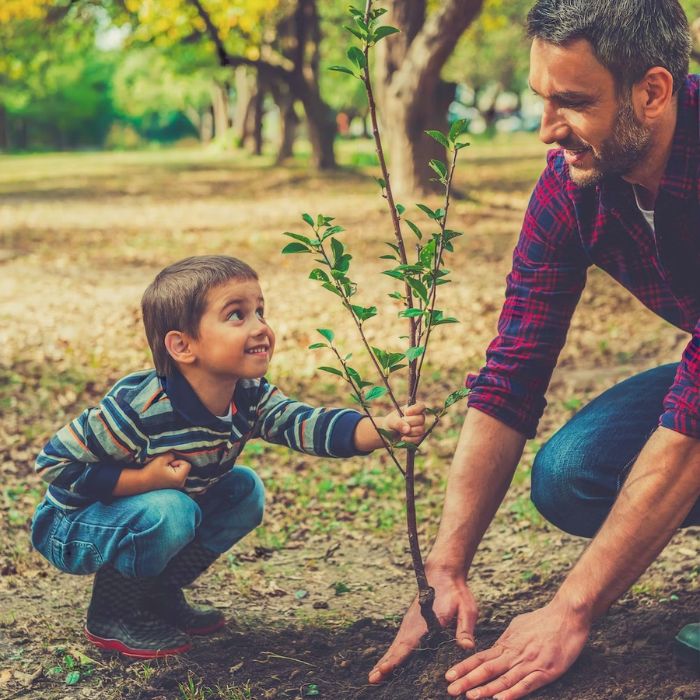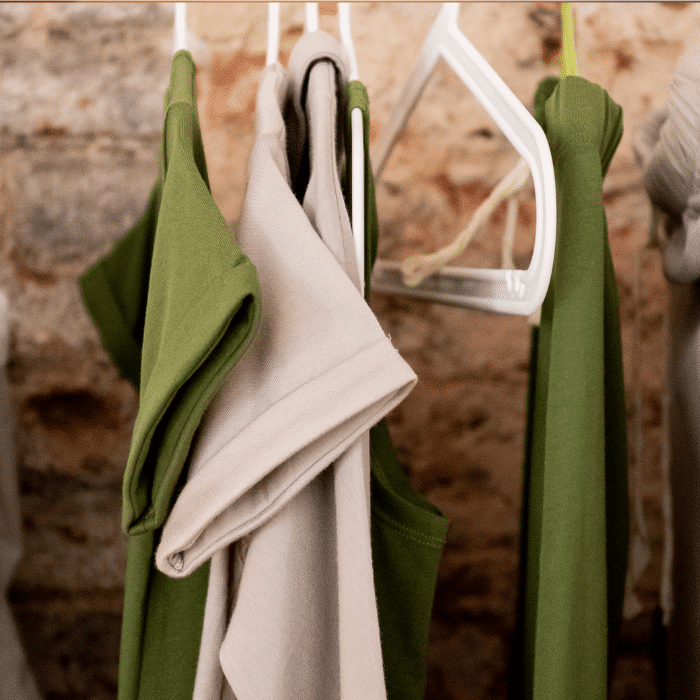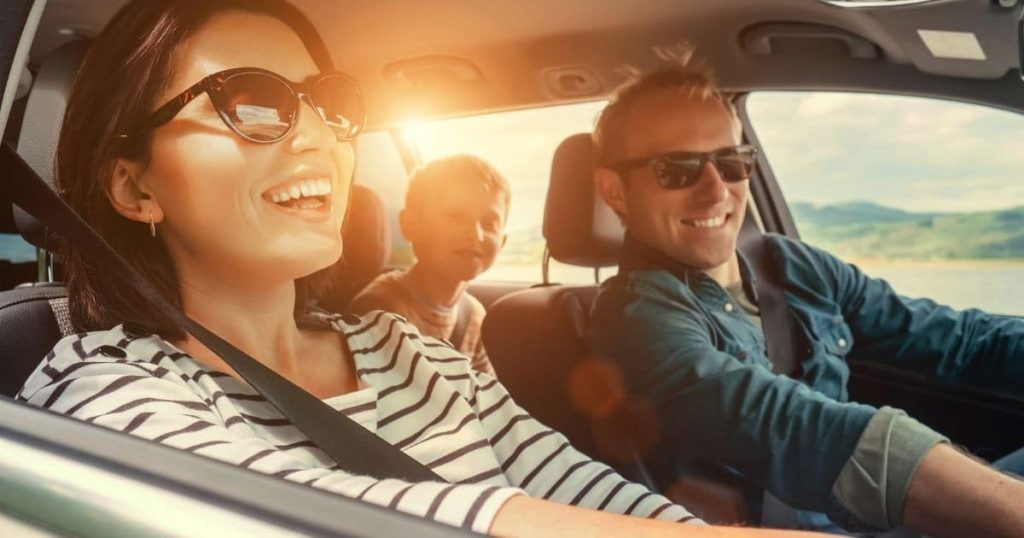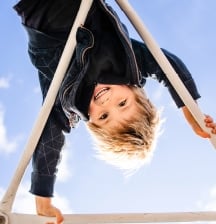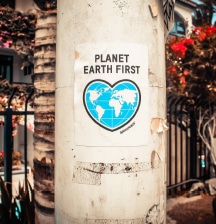
Consider adopting some of the following eco-friendly alternatives in your own home, says Diana Noonan
No one is claiming that the small, environmentally-sensitive choices we make on a daily basis (recycling, for example) are going to save the world from global warming (it will take massive political cooperation and technological solutions on a vast scale to achieve this). However, modelling “green” behaviour in our own homes will raise the next generation to be aware of what is responsible for the downward spiral Earth is heading for.
Going green in the kitchen
Steer clear of processed foods and you’ll also be ditching the kind of packaging that’s clogging our landfills. Make your purchases organic and double the enviro-impact by saying no to the sorts of pesticides that are destroying insect life and poisoning our waterways. Involve children in these healthy choices by arming them with mesh bags (sew your own or order online from rethinknz.com) and heading to the bulk buying section of your closest store where they can help select and load snack foods such as nuts, dried fruit and freeze-dried vege crisps. Stop in at the library on the way home for kids ‘books about the kinds of bugs that will appreciate your organic choices.
Go-green gifts
So much of children’s socialising centres around birthday parties, but have you ever stopped to consider the environmental impact of the gifts that are given on these occasions? Think out of the square by helping your children choose gifts that will minimise damaging the planet. Wherever possible, give “services” rather than material goods. Movie or show tickets, a swimming pool membership, or admission to activities such as an indoor climbing wall or water slide are all treats that don’t involve plastic or packaging. For teenagers, think about gifts such as a manicure, henna hand-painting, an online game, kayak hire, or a skateboard or dance lesson. Encourage children to decorate the envelope that contains the tickets or make the parcel intriguing by placing passes in a small box and wrapping them in layers of recycled paper. Children also appreciate any do-it-yourself gifts, so think about craft activities such as balls of wool and beginners’ knitting needles that can be used again and again, or let children paint a recycled container which can be turned into a planter, complete with potting mix and some spring bulbs to plant. And talk to your children about the whys and wherefores of the choices you are making together.
Re-Creation
Think of family leisure activities as “re-creation” rather than recreation and you’ll soon be on the way to having healthier kids and a healthier planet. Ditch the motorboat and trail bike and, instead, invest in bicycles (along with baby and toddler seats), scooters , skateboards, and rollerblades. With a bike rack for the car, you’re good to go with getting your children fit in
an out-of-town environment every once and a while. Add in the valuable lesson of maintaining equipment and storing it out of the weather, and you’ve instilled in your children the idea of one-time buying rather than continually replacing items with new gear. Whenever your family is using their sports equipment, be sure to pack bottles of water and healthy snacks (such as bananas) to do away with the need to buy food or drink in packaging.
Encourage you kids to join groups that not only provide them with good company but which will also help the planet in a real way. Kiwi Conservation Club (kcc.org.nz) – an offshoot of the Royal Forest and Bird Protection Society – teaches children about the environment in a fun, hands-on way that often involves the whole family with activities such as tree-planting and camp-outs. Sea Scouts and Guides will also help your children get a feel for the environment and give them opportunities to contribute to valuable “green” community projects.
Join a toy library, where playthings can be borrowed and returned. When you do make purchases, choose items that will last, so they can be passed on when your child outgrows them.
Re-loved
The less we consume, the better it is for the planet, and that includes what we dress in and what we use to furnish and decorate our homes. Make hunting for cool clothes in charity stores a treat by letting your children pick out their own outfits – and don’t stop at garments and shoes. Op shops offer funky jewellery and cool caps, hats, scarves and gloves, so for a few dollars extra, go the whole hog. Kids love to refurbish their rooms, so let them pick out furniture, fixtures, paintings, mirrors and ornaments from recycling centres. Buy up any leftover paint on hand and join your kids in refurbishing items of furniture that need a touch-up.
Whatever you do to encourage your children to cut back on consumption is a step in the right direction. It will mould them into thinking, caring individuals who may one day come up with big solutions to global warming that the world is waiting for.
Diana Noonan is one of New Zealand’s best-known writers for children. A former editor of the iconic School Journal, she writes for a wide range of educational resources, and takes a strong interest in the NZ Curriculum.



